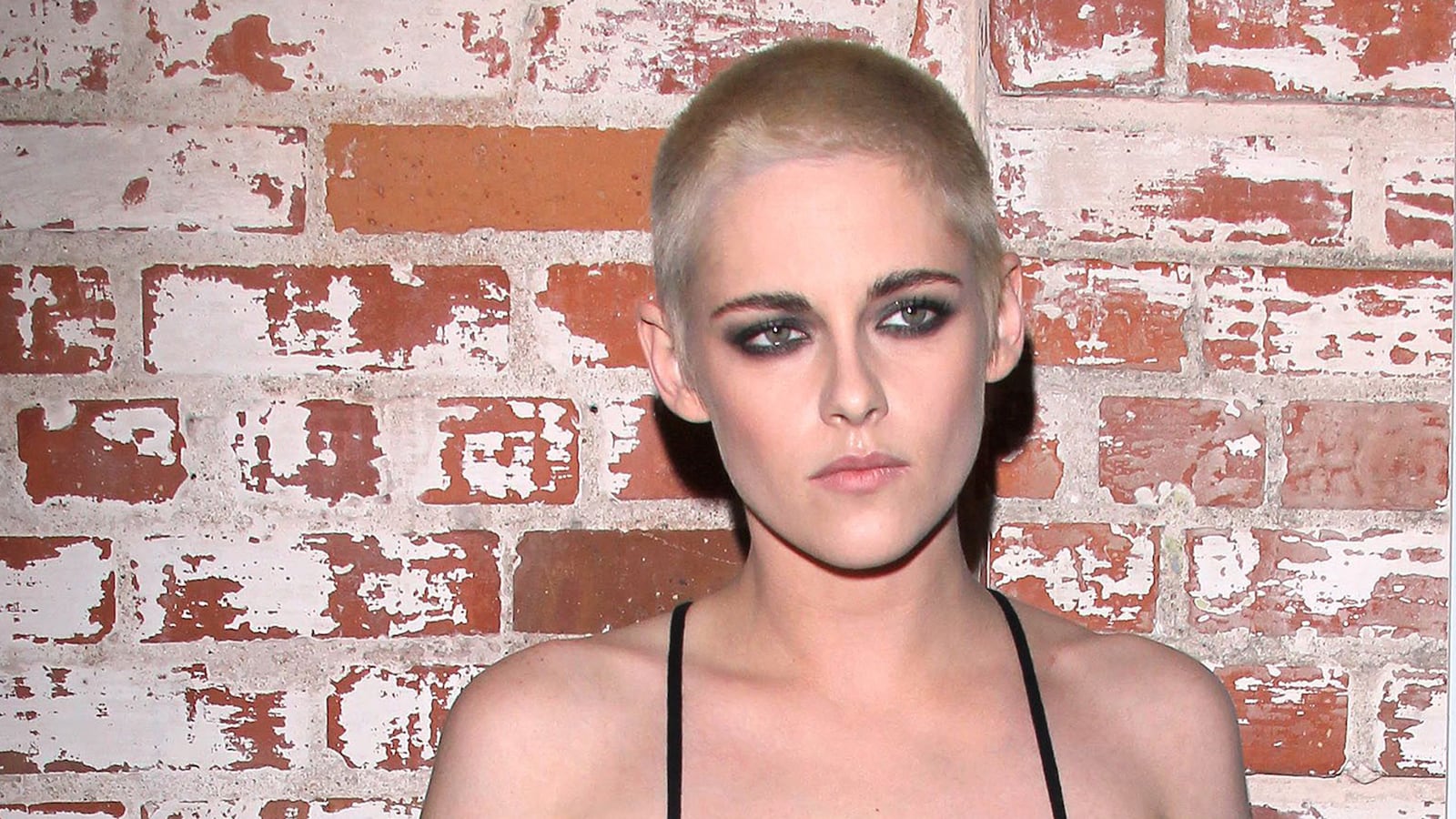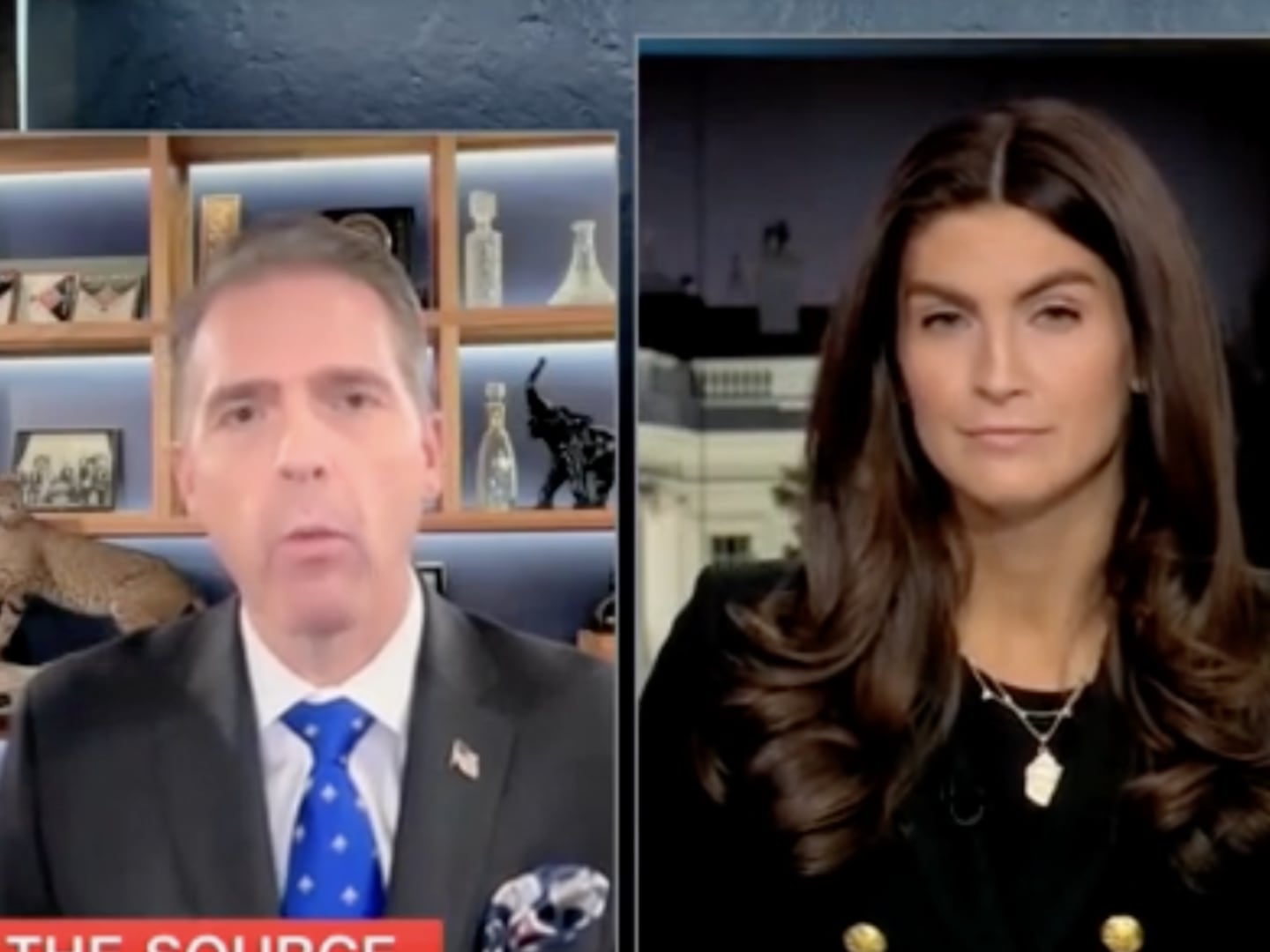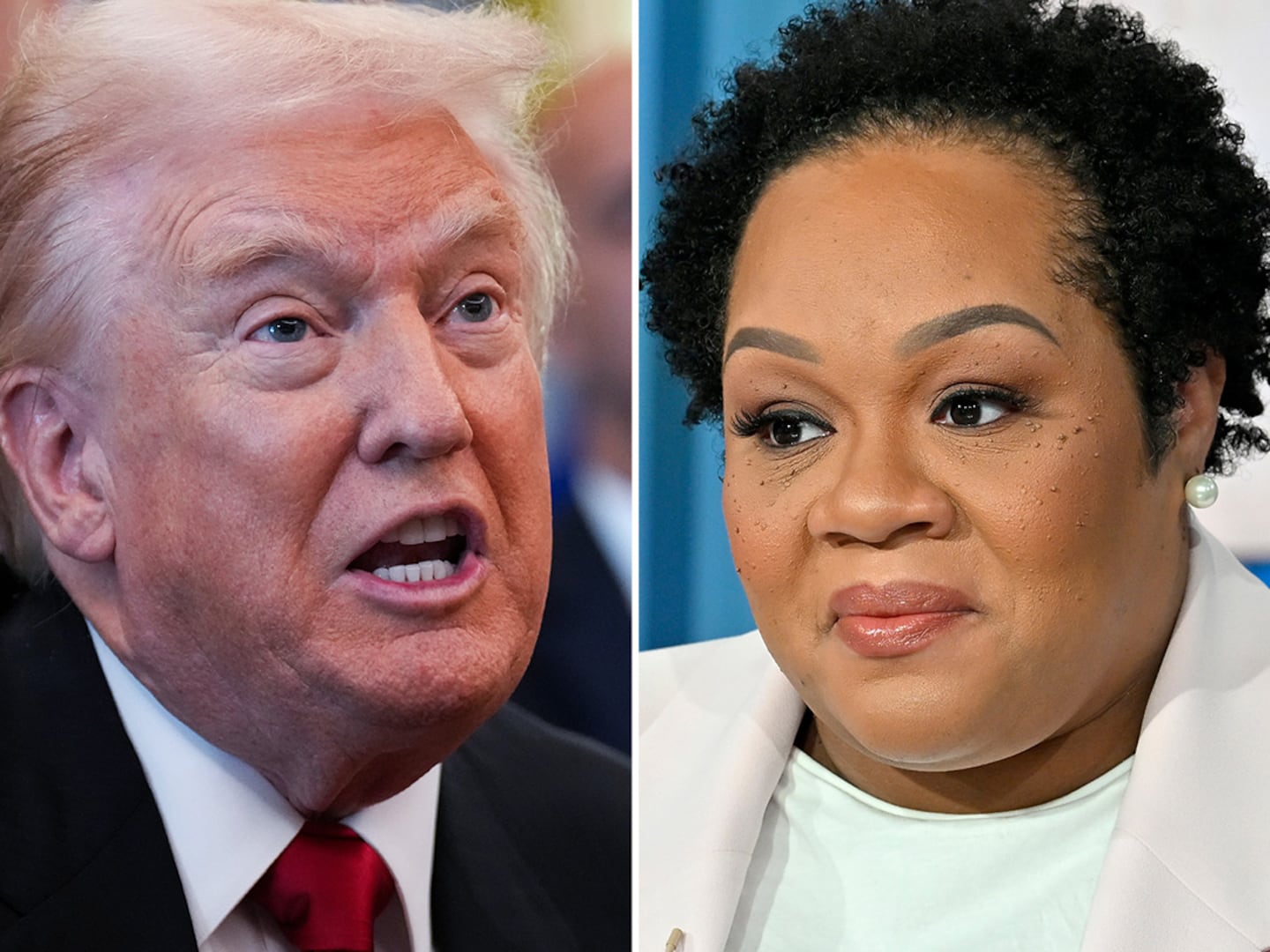From her movies to her love life, Kristen Stewart’s life merits feverish headlines. And so it was with her new hairdo: a bleached, blond buzz cut. The 26-year-old actress debuted it at the Los Angeles premiere of her new movie, Personal Shopper, last night. It’s beautiful, perfectly framing her elfin face.
Chopping off one’s hair after a breakup, as Katy Perry recently did following her recent split from Orlando Bloom, is such a common, liberating ritual for women that it’s something of a cliché (“new you, new ’do,” as the saying goes). In Perry’s case, the singer’s new bleached pixie—buzzed on the sides, longer on top and swept over—represents a larger identity shift, with the singer claiming that she wants to “redefine what it means to be feminine.”
“I feel like there’s a new wave, a new authentic vibe coming in and I think this matches,” Perry said of her drastic new cut at the iHeartRadio Music Awards on Sunday. She cited as inspiration Miley Cyrus, who first embraced the undercut look in 2013, but said Scarlett Johansson’s version at the Academy Awards—shaved on the sides and slicked back on top, a la David Beckham—was the tipping point: “I saw her at an Oscars party and was like, ‘I’m doing it.’”
Indeed, Perry is more of a follower than a leader when it comes to her new cut. Pink debuted a mohawk-esque style in 2012, back when the look was considered too edgy or butch for most straight women (the style was popular among lesbians like Rosie O’Donnell in the ’90s and early 2000s).
But now that gender fluidity has become de rigueur and the androgynous aesthetic is in fashion, female celebrities—irrespective of their sexuality—are increasingly reaching for the razor.
Stewart’s dramatic haircut followed her fabulous February SNL appearance where she mocked Donald Trump’s past obsession with her love life with the epic payoff: “Donald, if you didn’t like me then, you’re really probably not going to like me now, because I’m hosting SNL and I’m like, so gay dude.”
Just as Stewart’s hair has spanned many colors and lengths till now, the actress Ruby Rose has been playing with the variations of the so-called high-and-tight hairdo since 2014. And Evan Rachel Wood sported the look at this year’s Golden Globes.
Jane Czyzselska, a writer who recently stepped down as editor in chief of Diva magazine, Europe’s leading magazine for lesbian and bisexual women, speculated that “there’s something thrilling for [women] about the feel of the wind at the nape of the neck that many men take for granted, a sense of freedom from gendered expectations.”
Ruby Rose’s hairstylist, Costillo, says women feel more comfortable aping a traditionally masculine look now than ever before. “It’s very common for women to go into barber shops now, which you’d never have seen 10 years ago,” he said, adding that the shorter women go on the sides the more their features stand out. “It’s really gone mainstream now, to the extent that supermodels are wearing it on the runway.”
Among men, the hairstyle is synonymous with Brooklyn hipsterdom, though its cultural significance dates back to Nazi Germany, when the look was popular among Hitler Youth. The style has recently been appropriated by the “alt-right,” who have affectionately nicknamed it “the fashy.”
Among women, its associations with a traditionally lesbian look are equally strong. The fact that fashionable women today dress more for themselves than they do for men may explain the style’s rise among straight women.
“Lesbians have never worn our hair in any particular way for men, and now straight women don’t have to do that either,” said Memoree Joelle, editor in chief of the lesbian-geared website, AfterEllen. “Homosexuality isn’t looked down upon as much anymore, and lesbians in particular have been given more publicity lately, so more people realize that there is no one lesbian ‘look.’ Even if there were, that’s clearly no longer a bad thing. Imitation is the sincerest form of flattery.”
To paraphrase Katy Perry, it’s all about redefining gender expectations. The column inches and media glare around a woman’s buzz cut or undercut is an expression of shock not just at a famous person’s latest style choice, but also shock at such a visually bold assault on a stereotypical tenet of femininity—long or traditionally bobbed female hair.
Short hair doesn’t just signal liberation after a breakup or other pivotal life event; it also, in the best, most mischievous way, reminds us we don’t know its wearer half as well as we think we might.







